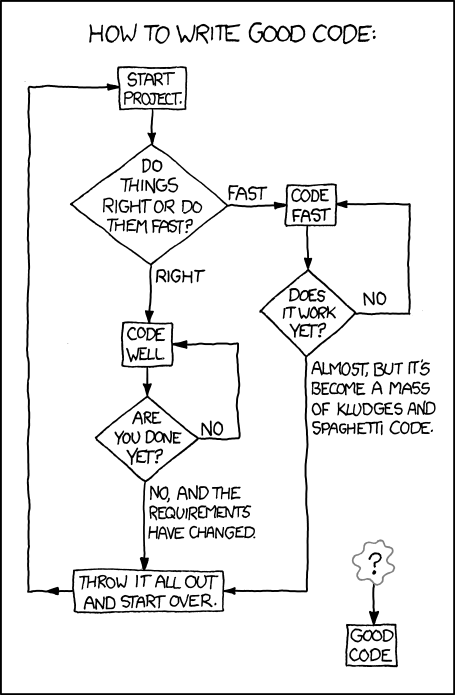CosmoMathmo

Observational Cosmologist
Research
Cluster Abundance
Galaxy clusters, as giants in the universe, have witnessed most of the cosmic structure growth. As astrophysical tests verified gravity theory on small scales, quantifying large scale growth becomes a powerful test to constrain modified gravity even further. A natural consequence of different growth history lies in the abundance of those clusters …
Cosmic Web
Galaxy surveys have shown that visible matter in our Universe is not uniformly distributed, and instead, a web-like structure is observed. We can classify the web into regions of clusters, filaments, sheet and voids. In particular, the Zel’dovich approximation predicts that ~42% of the mass of the Universe is in a filament environment, and this has been confirmed by simulations. However, as filament environments do not display a very high density contrast, this makes direct observations challenging … (For more detail, see paper on arXiv)
Halo Alignment
As a contamination to the weak gravitational lensing signal, and also as an extragalactic phenomena, the intrinsic alignment between galaxies have caught my interest in the beginning of my research career. We tested mass dependence of the intrinsic alignment signal between haloes and seeked its possible roots in formation time and environment. The correlated halo alignment can extend to scale as large as $100\,h^{−1}$Mpc … (For more detail, see paper on arXiv)